
Why Budapest is the ideal spa break destination
Spanning the fabled Danube River, with the Buda Hills to the west and the start of the Great Plain to the east, Budapest – comprised of Pest on the east side of the river and Buda on the west – is arguably central Europe’s most beautiful city.
It certainly has the architecture to back up that claim, everywhere you wander. From the exquisite 11th-century Matthias Church, perched upon Buda Castle hill, pictured above, to the iconic neo-Gothic Hungarian Parliament building in Pest – not forgetting the remarkable three-way Margaret Bridge straddling the Danube and linking east and west – Budapest is rich in Instaworthy landmarks.
But Budapest is more than just a pretty face – as you’ll soon discover when you book your next city break there with British Airways Holidays
An ideal winter break location
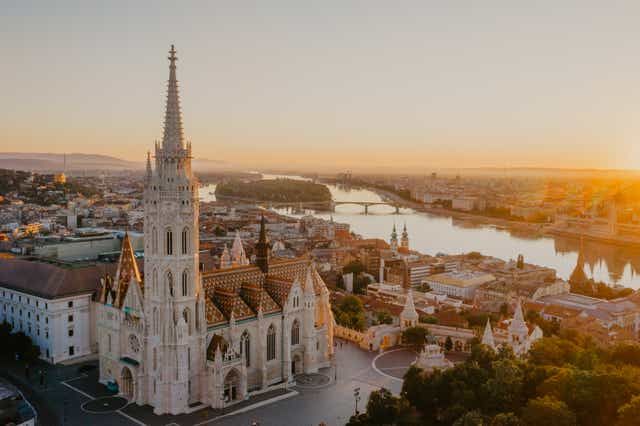
Matthias Church is one of the most unique in Europe, inside and out
There’s good reason why beautiful Budapest – a tale of two cities – is not only a feast for history buffs, but also a must-visit for those of us in search of unforgettable spa experiences and a chance to unwind like never before.
Budapest lies on a geological fault separating those hills and flatland, and more than 30,000 cu metres of warm to scalding (21°C to 76°C) mineral water gush forth daily from over 500 thermal and mineral springs. It’s the world’s only city with such natural attractions, Budapest has become a major spa centre and the perfect winter weekend break location.
Spa city with a rich history
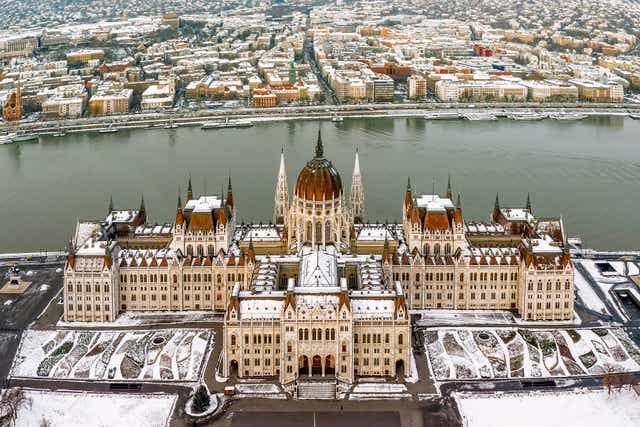 The unmistakable Hungarian Parliament building watches over the iconic river Danube
The unmistakable Hungarian Parliament building watches over the iconic river Danube
Budapest has taken advantage of its wealth of mineral water since the time of the Romans and `taking the waters’ is a still very much a tradition today. Getting out of your clothes and into hot water should be one for your bucket list when you visit the city of the Magyar.
Not everyone goes to the baths just to relax, however. The warm, mineral-rich waters can also relieve a number of specific complaints, ranging from arthritis and pains in the joints and muscles, to poor blood circulation and post-traumatic stress.
Budapest: experience the traditional and modern
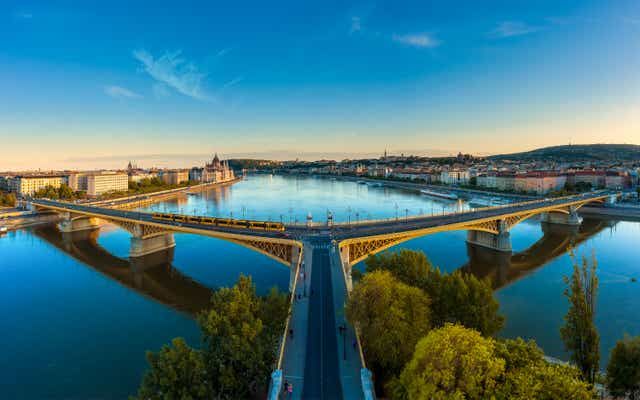 The extraordinary Margaret Bridge connects east (Pest) and west (Buda), and Margaret Island
The extraordinary Margaret Bridge connects east (Pest) and west (Buda), and Margaret Island
Some of the city’s dozen or so traditional baths are legacies of the hammam-loving Turks, who popularized public bathing during their occupation of Hungary in the 16th and 17th centuries. Others are Art Nouveau marvels – another box ticked for architecture buffs – and there are also spick-and-span, very modern establishments with wellness centres offering treatments from A to Z.
Which one you choose is a matter of taste and what exactly you’re looking for. Here are five for your consideration...
Rudas Baths
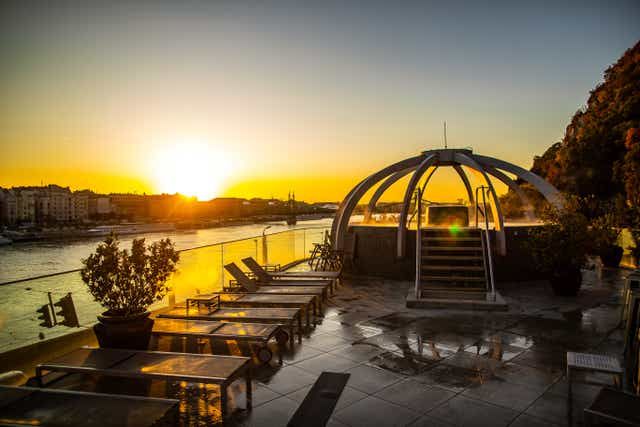 Rudas
Rudas
These renovated baths built in 1566 are the most Turkish of all, with an octagonal main pool, domed cupola set with coloured glass and massive columns straight out of a One Thousand and One Nights film set.
Gellért Baths
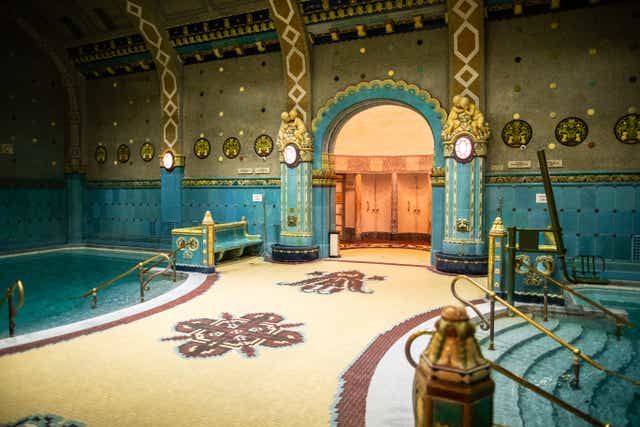
Gellért
Soaking in these Art Nouveau baths has been likened to bathing in a cathedral. The indoor swimming pools, with a spectacular arched glass dome and gushing Zsolnay ceramic fountains, are the most beautiful in the city.
Széchenyi Baths
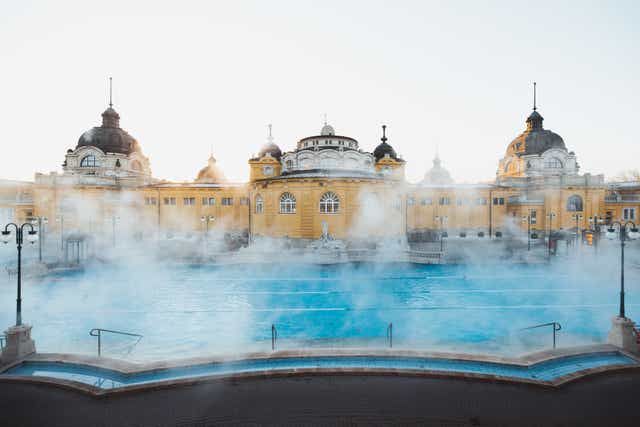
Széchenyi
In City Park’s huge ‘wedding-cake’ building, with 15 indoor thermal baths and three outdoor pools, these baths are unusual for their size, bright and clean atmosphere and high temperature of the water (up to 40°C). Don’t miss one of the chess matches being played on floating boards in the outdoor pools.
Veli Bej Baths
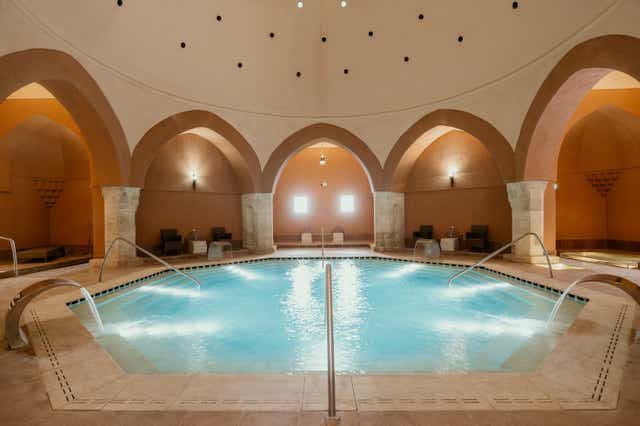 Veli Bej
Veli Bej
One of the oldest (1575) and most beautiful Ottoman-era baths with five thermal pools, Veli Bej got a new lease on life after reopening several years ago.
Lukács Baths
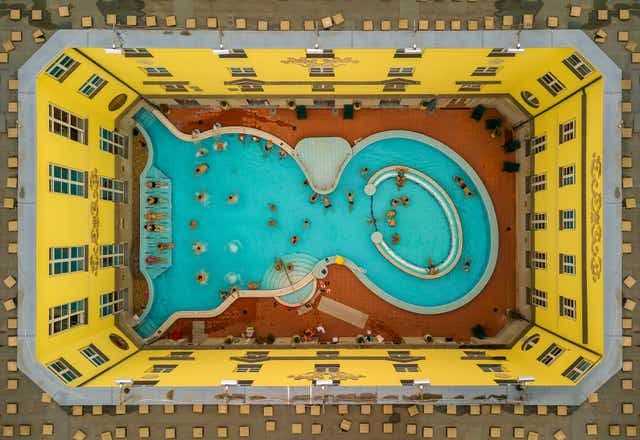 Visit Hungary
Visit Hungary
Housed in a sprawling, 19th-century complex, these baths are popular with keen spa aficionados and the waters are meant to cure just about every affliction.
To book your perfect winter city break to Hungary, please visit ba.com/budapest











